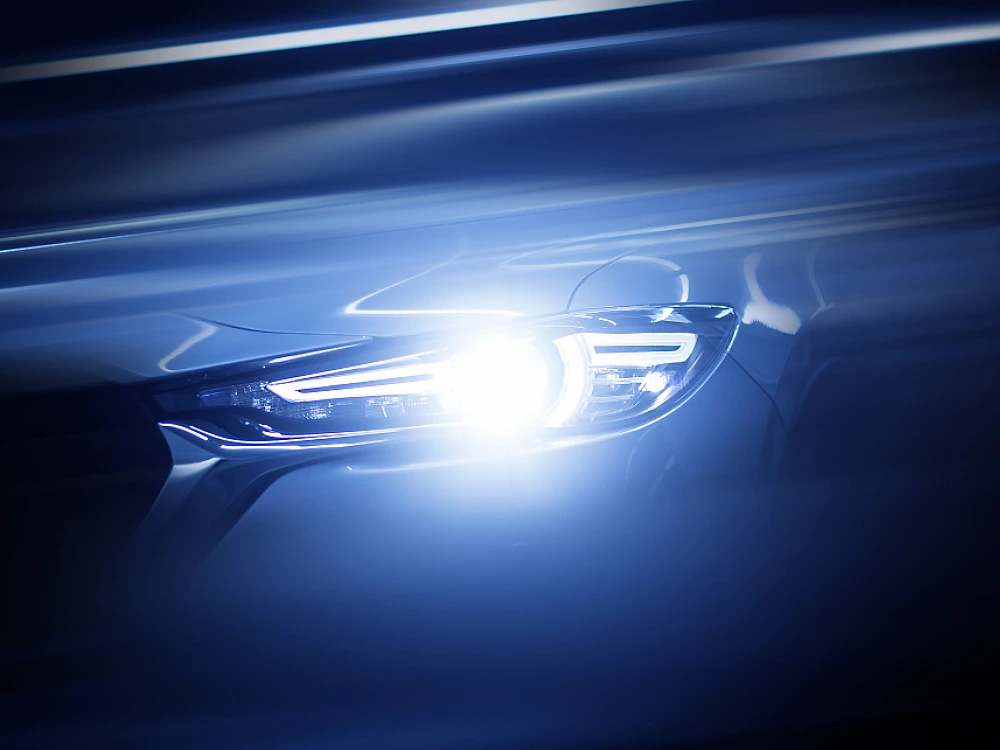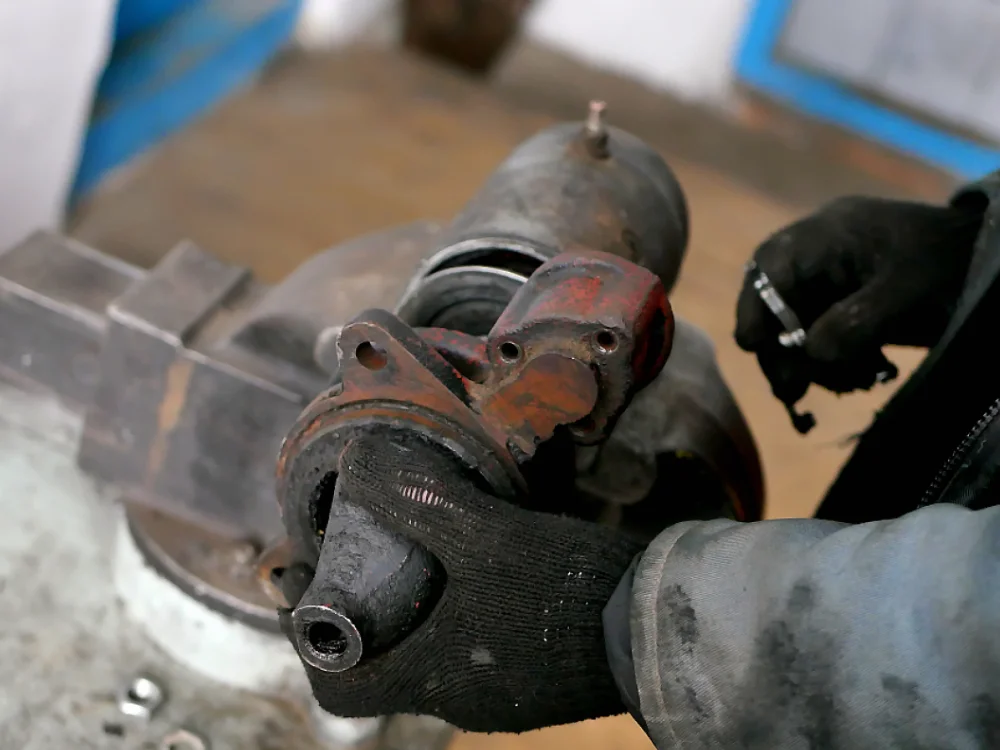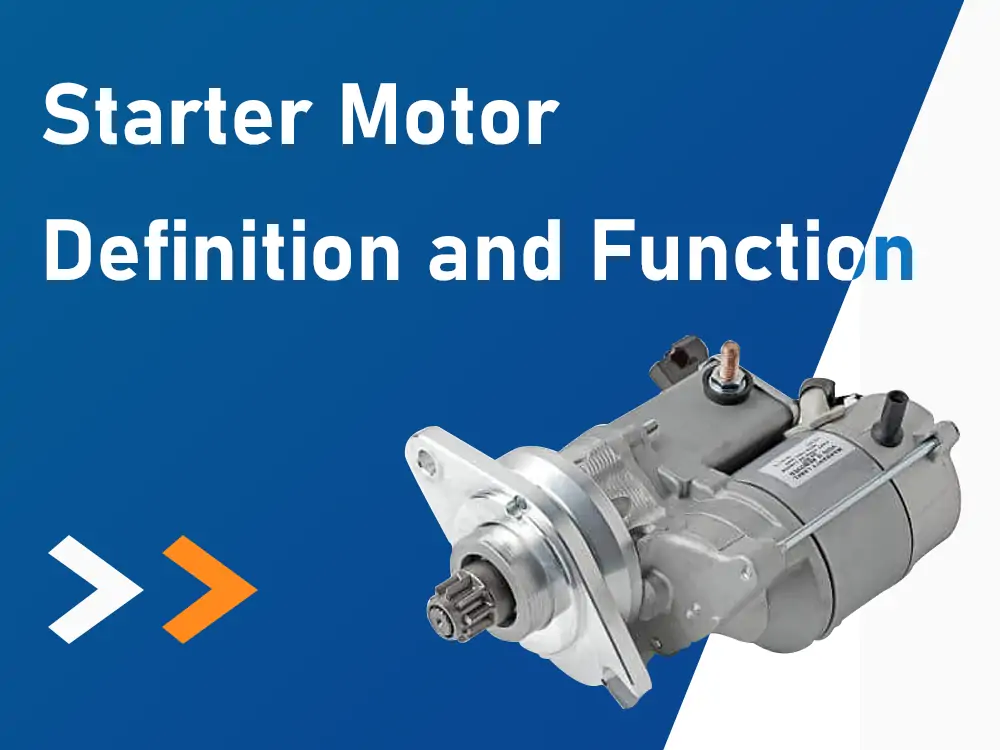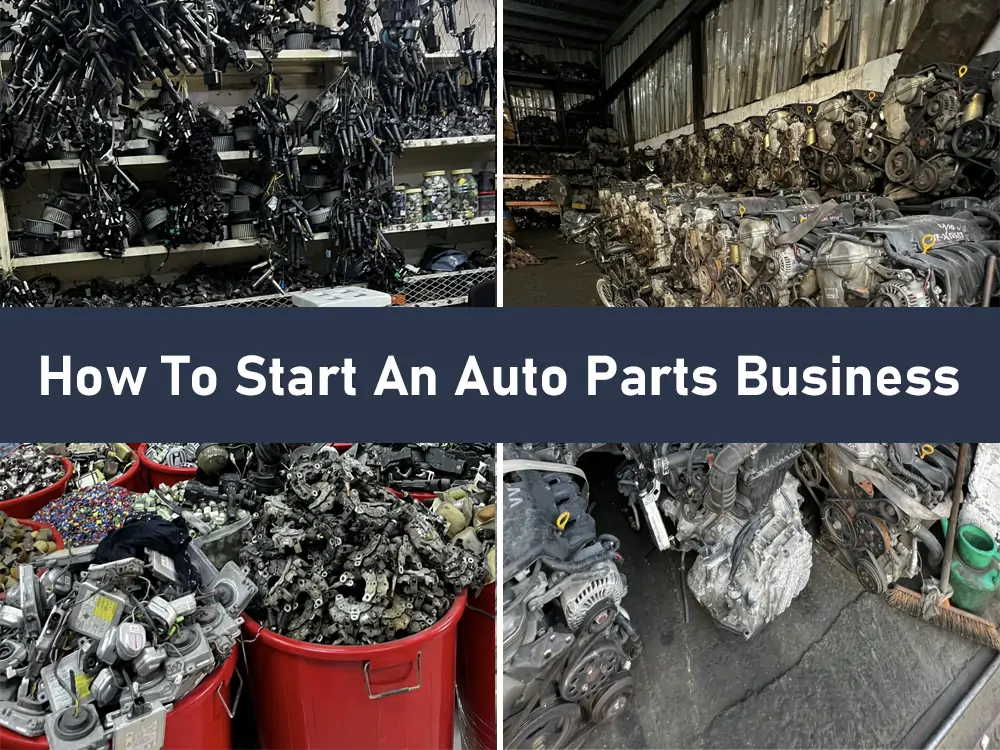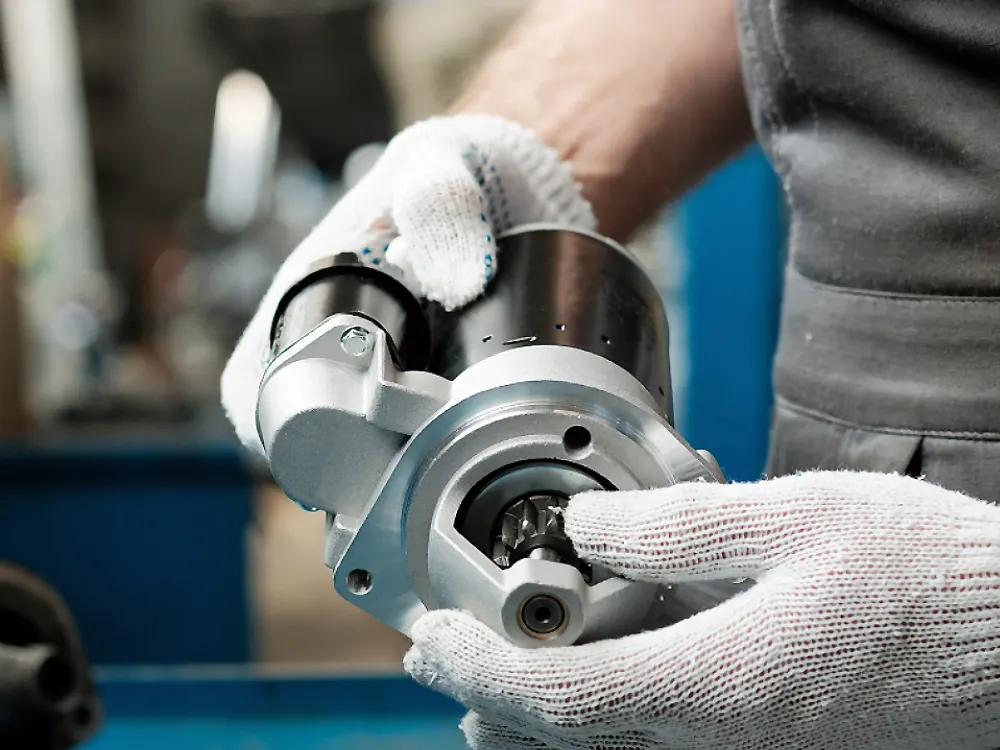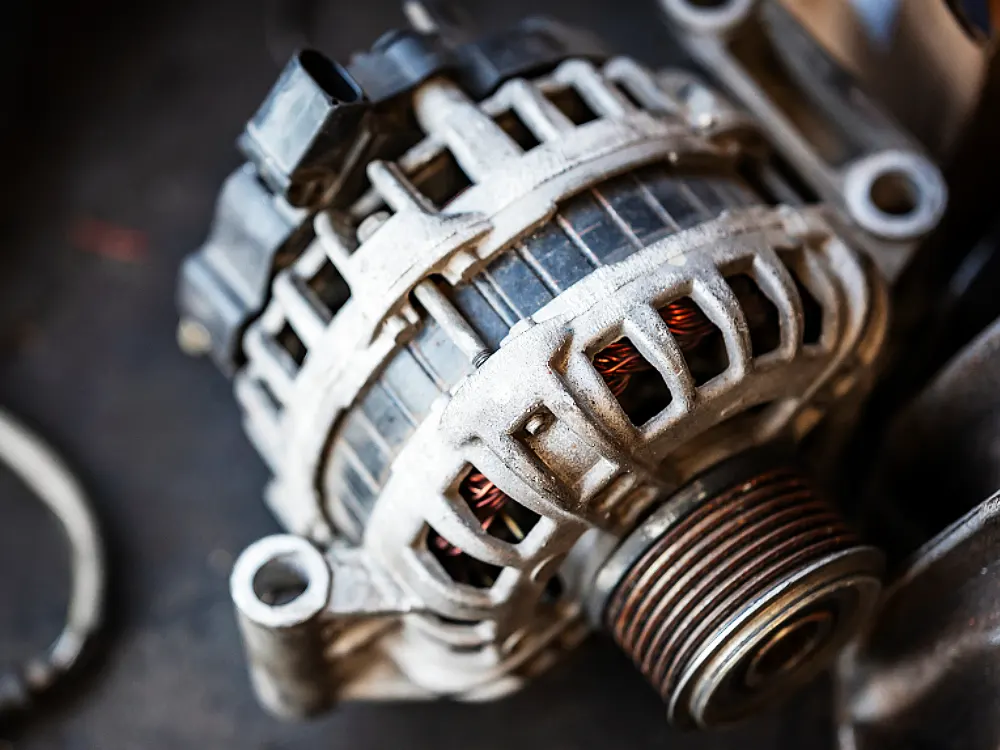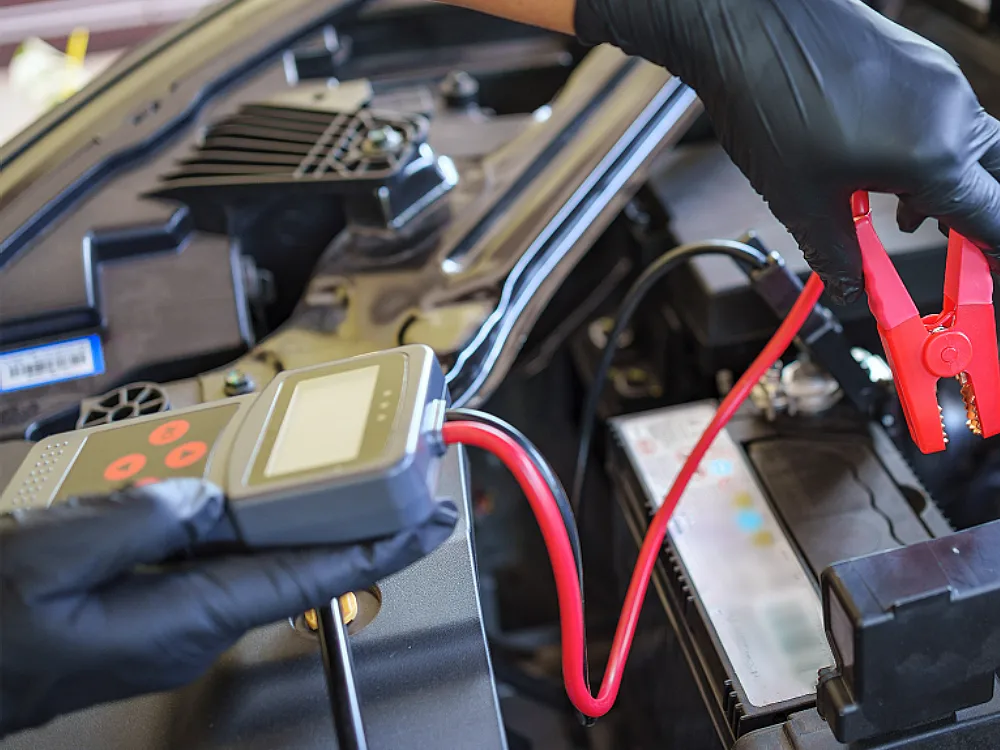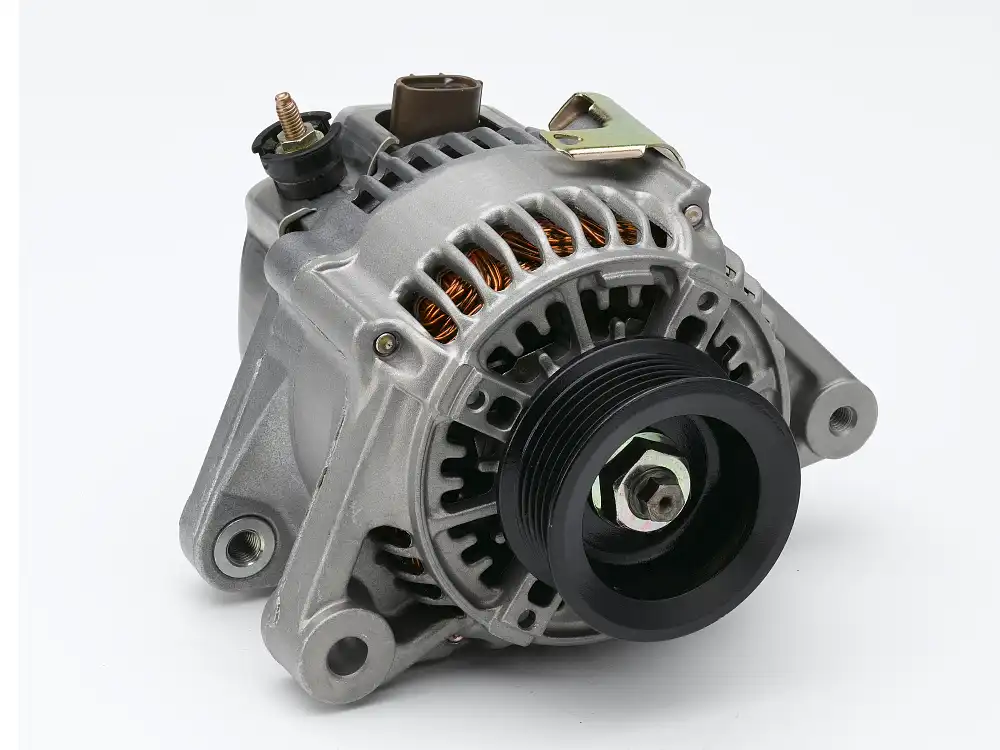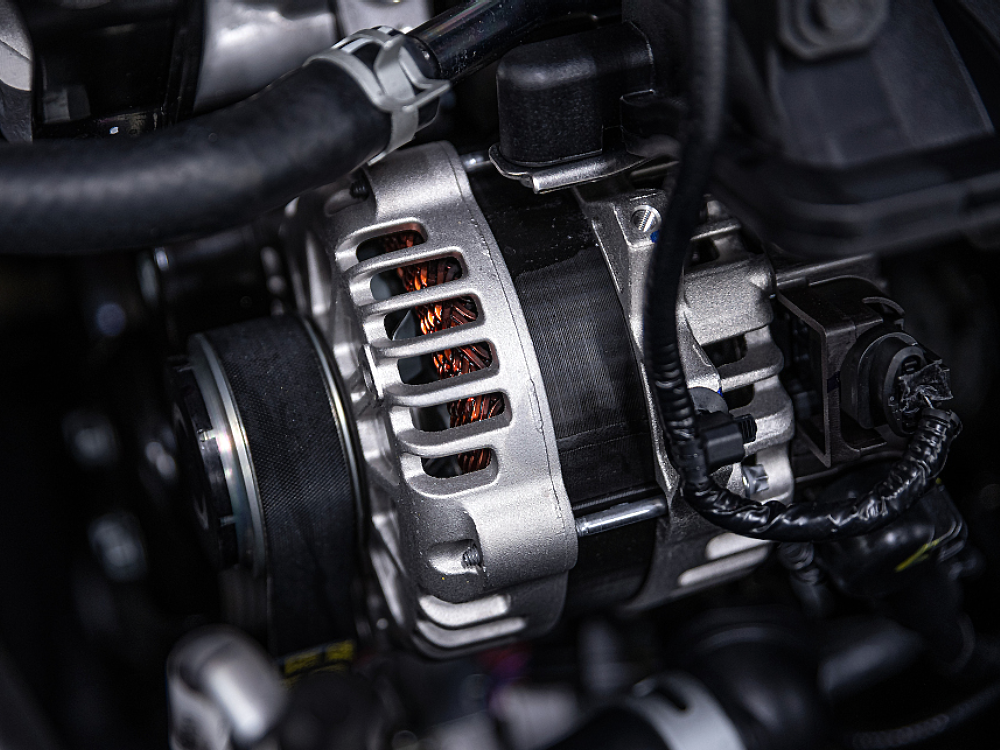Changing a headlamp involves turning off the vehicle, opening the hood, locating the headlamp assembly, disconnecting the power connector, removing the old bulb, inserting the new bulb, and reconnecting the power. Finally, test the new headlamp to ensure it works properly.
This article analyzes the six possible reasons why your car’s headlights flicker, including unstable battery voltage, grounding problems, aging bulbs, wiring faults, dimmer switch problems, and electrical system failures. The article explains each cause in detail and provides corresponding solutions to help car owners effectively diagnose and repair headlight flickering problems to ensure driving safety.
Symptoms of a bad starter solenoid include the vehicle not starting or having difficulty starting, hearing a clicking sound but the engine not turning over, sparks or smoke when attempting to start, and inconsistent current in the starting system. Recognizing these symptoms can help identify and replace a faulty starter solenoid in a timely manner, preventing further damage to the vehicle’s starting system.
Understanding starter motor components, such as the armature, solenoid, brushes, and commutator, is crucial for diagnosing and fixing vehicle ignition issues. These components work together to initiate the engine’s starting process, ensuring reliable performance and efficient operation. This article details the key parts of a starter motor and their importance in maintaining vehicle functionality.
Starting an auto parts business involves connecting with local mechanics, repair shops, and car enthusiasts. Develop a thorough business plan detailing your budget, inventory, and marketing strategies. Ensure your business is registered, obtain necessary licenses, and file for sales tax. This guide provides essential tips for launching and growing both offline and online auto parts ventures, helping you build a successful business in the automotive industry.
“How Long Do Car Starters Last?” delves into the durability of car starters, typically ranging from 100,000 to 150,000 miles. It examines various factors that affect their longevity, identifies common signs of wear, and provides practical advice on maintaining and when to replace car starters.
In 2024, the pricing landscape for starter motors remains dynamic, influenced by factors like vehicle models, technological advancements, and market competition. While standard starter motors for typical vehicles may range from $100 to $300, premium or specialized options for high-performance or luxury cars could surpass $500. However, fluctuations in manufacturing costs, supply chain disruptions, and emerging technologies may impact prices unpredictably.
Introduction A bad car alternator is something you should not disregard as a car owner. When your engine stalls or your lights dim, it’s likely due to a bad alternator. This small component is vital to running your car well, so you should respond on time. You should test your alternator immediately to avoid further…
This article takes an in-depth look at the top ten alternator manufacturers in the world, describing their importance and influence in the generator industry. These companies are not only leaders in technological innovation, but also have a reputation for product quality, reliability and service.
Selecting the appropriate alternator for your car is a critical decision. It can impair your vehicle’s performance and dependability. It’s therefore crucial to understand the pros and cons of the options.


